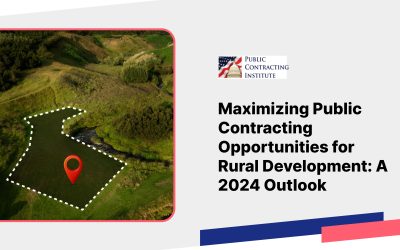Fiction/Myth: “My manager just moved me into the Contract Closeout group. What a bummer! I want to be able to ‘feed the elephant,’ not clean up after it. Anyway, who cares about closeout? I don’t spend my free time at home sorting socks, and I certainly don’t want to that at the office!”
Fact: Admittedly, contract closeout is not a glamor center. Agencies and contractors regularly trumpet the awards of major contracts, but I challenge any reader to find a press release announcing the “closeout” of a group of contracts.
I won’t comment about sock drawers. But contract closeout is more important than one might think.
Here’s what timely contract closeout can mean:
To the agency funding authority, closeout frees up money. It allows excess funds to be de-obligated, and reveals where additional funds may be needed (before funding availability might expire).
To the agency contracts and program offices, it ensures that customer requirements have been met and allows contracts and program personnel to concentrate on current and future needs. Speaking of future needs, an important part of the closeout activity is the documentation of past performance, which will help all future customers in their source selection activities.
And what about the contractor? Closeout ensures that the contractor has received all money that is due, including contract withholds. What could be worse than finding out that you have left money on the table, but it’s too late to recover it? Closeout allows contractors to concentrate on current and future opportunities, instead of being bogged down tracking past details.
And for everyone, timely closeout minimizes contract administration burdens and costs. Delayed closeout will become more difficult as memories fade, documentation is lost, and knowledgeable personnel move to other activities. When closeout files are complete, they reduce the mountain of “to do” action items.
So, in a very important way, Contract Closeout is really part of the elephant feeding process. If the cage is not cleaned up, there will be less room for the elephant to eat. (Well, perhaps this metaphor is being stretched a bit out of shape.)
That’s why the requirements of FAR SubPart 4.8 (“Government Contract Files”) are so important. And it’s why the opportunity for “Quick Closeout” in FAR 52.708 should be grabbed whenever possible.
Want to learn more about FAR myths and realities?
Want to learn more about FAR Facts and Fiction? Sign up for the FAR Workshop or FUN with the FAR.
This is part four of a multi-part series. If you are new to the series, we welcome you to check out part one, two, three, and four.

